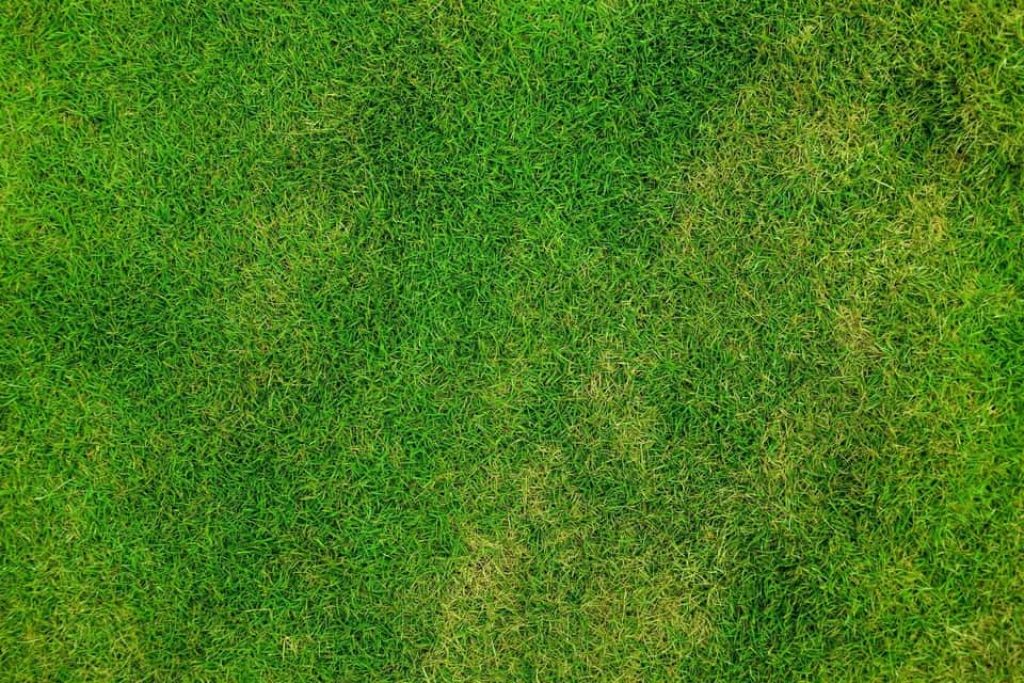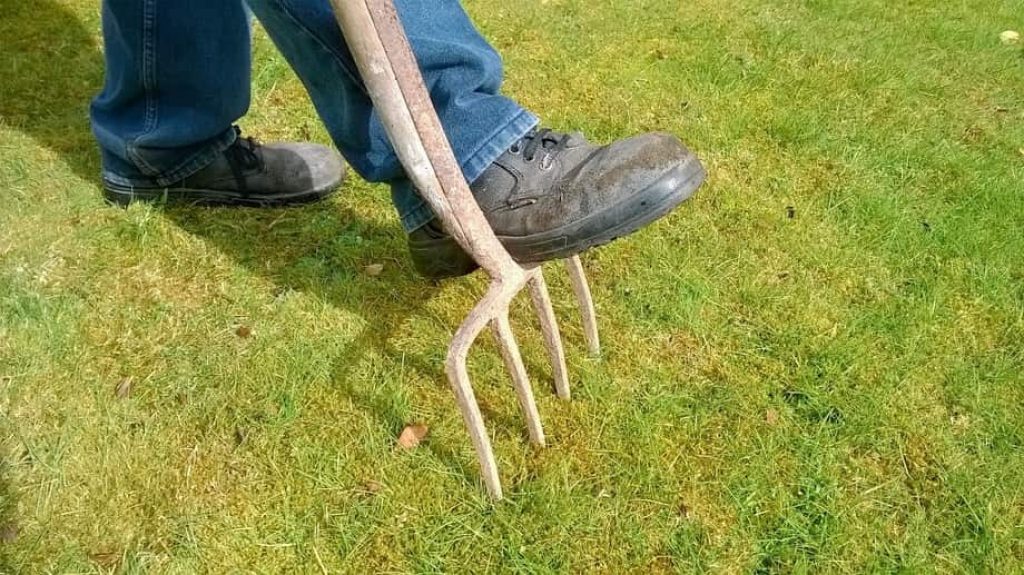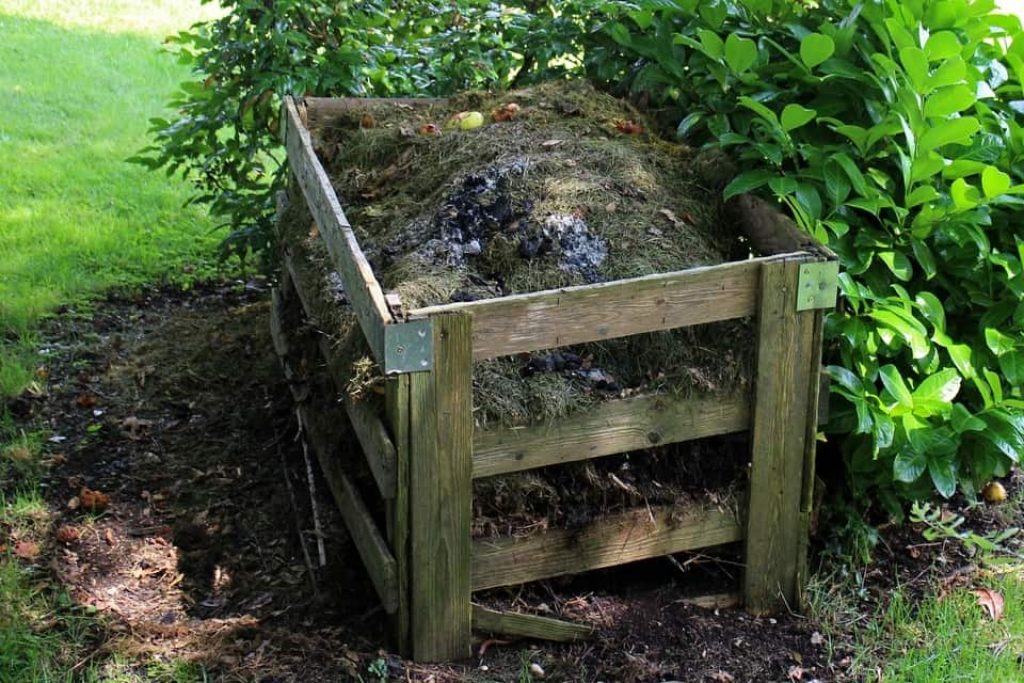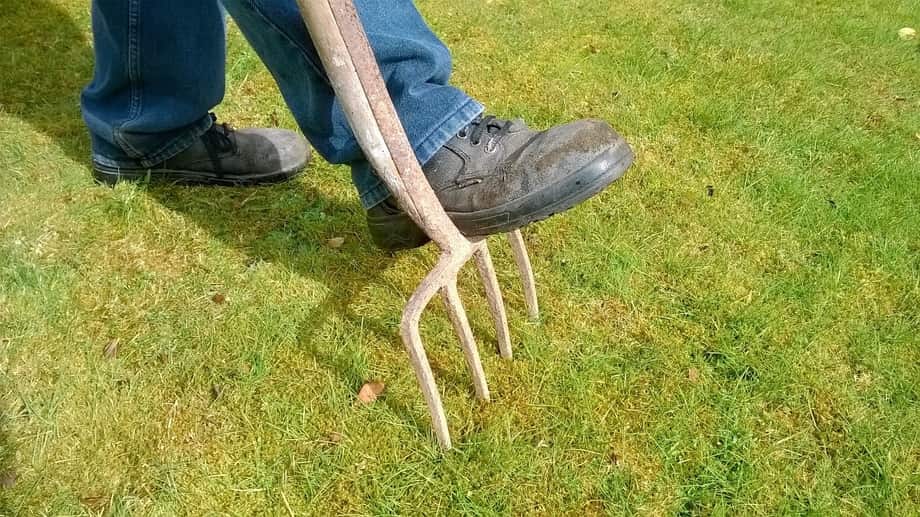Why does my grass is yellow after mowing?
Well, this question does not have a concrete answer since several factors can make your grass turn yellow after mowing. In this blog, we will talk about each one and how you can avoid them.
As always in this blog, we like to educate you so that you can learn and not just have a superficial answer.
To understand the possible factors we must understand the structure of the grass and how it grows.
How do grasses grow?
Grass grows from a thick, low stem called a pod. This is usually bronze or yellow. A green leaf is born from the pod. When mowing the lawn, this leaf is cut, which does not grow from the tip but lengthens away from the sheath. The more leaf there is, the greener the grass will look.
Cutting Height
If your lawn was green and healthy before mowing, the height of the cut is probably the main cause of the problem.
As previously said, the grass grows from the steam, and depending on the variety this steam can be longer than others. Mowing too close to the ground or too low will not cut the leaf but will cut the steam, leaving the yellowness of the steam on the top.
So, a proper cutting height prevents the removal of a large part of the leaf and the exposure of yellow steams. Never cut more than a third of the total height. For example, if you want grass that is 3 inches (7.5 cm) tall, cut it when it reaches no more than 4 inches (10 cm). If the grass grows out of control and gets very tall, don’t cut it too low to save time as you will expose the steam and remove most, if not all, of the leaves.
Clippings
Waiting too long to mow your lawn often leads to having large amounts of clippings left on it. Small amounts of grass clippings are beneficial to lawns because the material breaks down and provides nitrogen to the roots if the layer is less than 1/2 inch (1.2 cm) thick. Improper mowing exacerbates the buildup of the clippings over your lawn, especially if you have Bermuda grass. The clippings will turn beige and shade the steam and the lower parts of the leaves. Exposed clippings cause the grass to appear beige or yellow, if this is your case is not a big deal, with proper cleaning the green should get back to your grass quickly.

Stress
If the grass looks sick and yellow after mowing, it could also be due to dry soil or sunburn. Green leaves photosynthesize light and shade the ground and lower parts of the lawn. Cutting the leaves can expose the lower parts of the leaf causing wilting and yellowing due to the less area available to perform the photosynthesize. Nitrogen-poor soils can also cause some parts of the lawn to look less green than normal. A drought-weakened lawn will not grow as quickly and densely, making it appear more yellow.
Lack or Excess of Water
The lack of water can cause the lawn to have a dry and straw-like appearance. On the other hand, excess water causes grassroots to rot and then turn yellow.
Solution: improve the structure of the soil and establish a drainage network if it is a very large area. Or aerate it: if the lawn shows symptoms of suffocation due to excess water or poor surface drainage, you have to open small holes in the surface of the soil to get the air to penetrate to the roots of the lawn (about ten centimeters), and fill them with sand.
How to prevent yellow grass – Factors to Considerer
Compaction
Over time, the lawn generates a large number of dead roots at its base, which end up creating a compact waterproof fabric that prevents proper aeration. You can solve this by scarification, a task that is usually practiced at the end of summer and winter. It consists of a superficial scratching of the ground with a specific tool. It should always be done with the lawn recently mowed and without traces of waterlogging.

Fungal Diseases
Fungal diseases can appear as isolated spots that could increase as time passes. Since they are very varied and, therefore, difficult to determine via a blog. It is best to consult a specialist near you for the appropriate treatment. They should take some samples and see what specific organism is attacking. Using a broad-spectrum fungicide could do the trick but is better to treat the disease with a special fungicide.
Nutrient Deficiency
If the lawn does show an exhausted appearance, it is best to establish a good fertilization schedule and systematic care of the lawn. It is usually fertilized twice a year with a nitrogen bases fertilizer, but to be precise you can take some soil samples and have the exact requirements of your soil. Because in some cases the nutrients are available and you just need a pH correction. To be safe, take an extra 1 day to gather samples and get to your local lab to get the results.
Excess Chemical Fertilizer
An overdose or poor distribution of mineral fertilizer with excess nitrogen causes burning and yellowing. If you have overdone the dose, water copiously. You can use a fertilizer sprayer to help avoid this. After applying the fertilizer water generously.
Inappropriate Organic Fertilizer
If you are using self-made organic fertilizer most known as compost. Be sure that you are using well-decomposed compost. Using poorly decomposed compost will burn the lawn and fill the garden with unpleasant odors.

Conclusion
So, we learn today that we should avoid cutting the grass too short because this will expose the naturally yellow steam. 70% of the time this is the reason for having a yellow lawn after cutting.
However, there are also several reasons this could be happening, from water stress or fertilizer-related issues.
Gardening is not an exact science but with this article, we hope to cover the most frequent reasons for having a yellow lawn after mowing.

